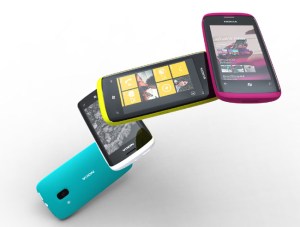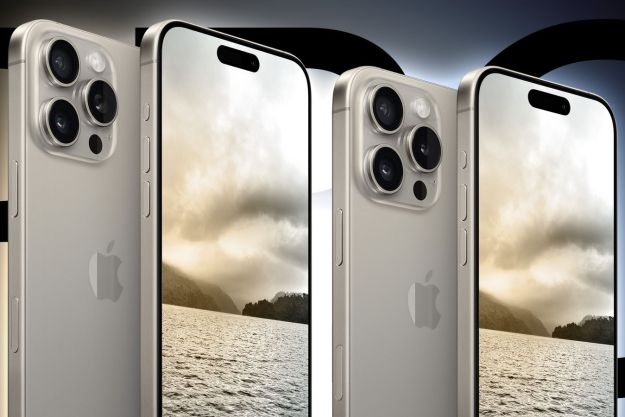
Phone maker Nokia has confirmed that it will be using Qualcomm chipsets in its first Windows Phone devices, widely expected to reach consumers before the end of the year. The announcement comes as no real surprise, given that Qualcomm is currently the sole supplier of chipsets for Windows Phone devices. However, Nokia and Qualcomm have a decidedly antagonist history littered with patent disputes over fundamental mobile technology…and Nokia says they’re looking to other chipset makers as they advance their Windows Phone offerings.
“The first Nokias based on Windows Phone will have the Qualcomm chipset,” a Nokia spokesperson told Reuters. “Our aim is to build a vibrant ecosystem around Nokia and the Windows Phone OS, and with that intent we are naturally continuing discussions with a number of chipset suppliers for our future product portfolio.”
The spokesperson confirmed one of the companies Nokia is talking with about future WIndows Phone chipsets is ST-Ericsson.
Qualcomm’s Snapdragon processors and chipsets power all Windows Phones on the market so far from makers like LG, Samsung, HTC, and Dell, and Microsoft from the outset has maintained tight-fisted control over the specs for Windows Phone devices, and Nokia’s decision to go with Qualcomm hardware for its first Windows Phones is no doubt a nod to expediency: Nokia’s bet-the-farm strategy to shift to Windows Mobile needs to be executed as swiftly as possible—especially since the company has yet to come up with a credible response to the Apple iPhone, which launched in 2007.
However, Nokia and Qualcomm have a rocky history marked by years of high-stakes patent litigation between the two companies on core mobile technologies like CMDA, GSM, UMTS, HSDPA, and even WiMax. After years of litigation, the companies finally reached a settlement in 2008—although the specific terms of the deal were kept confidential, Nokia did wind up paying Qualcomm a bunch of money and giving it a number of its own patents in exchange for a 15-year license to a broad set of Qualcomm patents.
A deal to make Windows Phone chipsets would be a major win for ST-Ericsson, which reported a $179 million loss for its first fiscal quarter of this year along with a 33 percent drop in revenue. Before merging into Ericsson in 2009, ST was a major component supplier for Nokia.
Editors' Recommendations
- This is our best look yet at the iPhone 16’s big design changes
- iOS 18 could make my iPhone look like Android, and I hate it
- Qualcomm is about to make cheap Android phones better than ever
- Qualcomm wants to add these crazy AI tools to your Android phone
- You won’t believe how I improved my phone’s battery life


